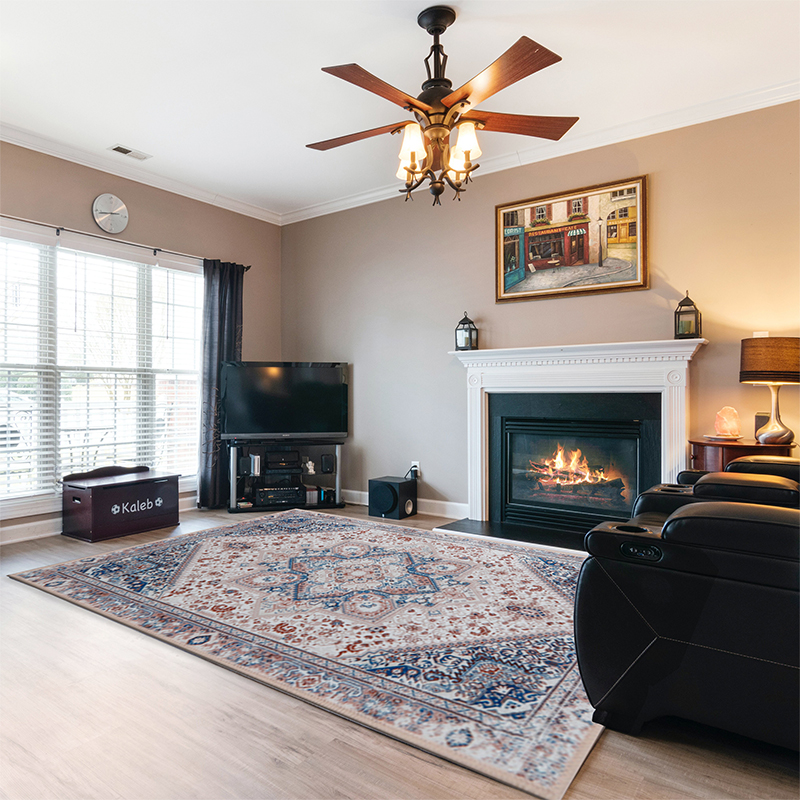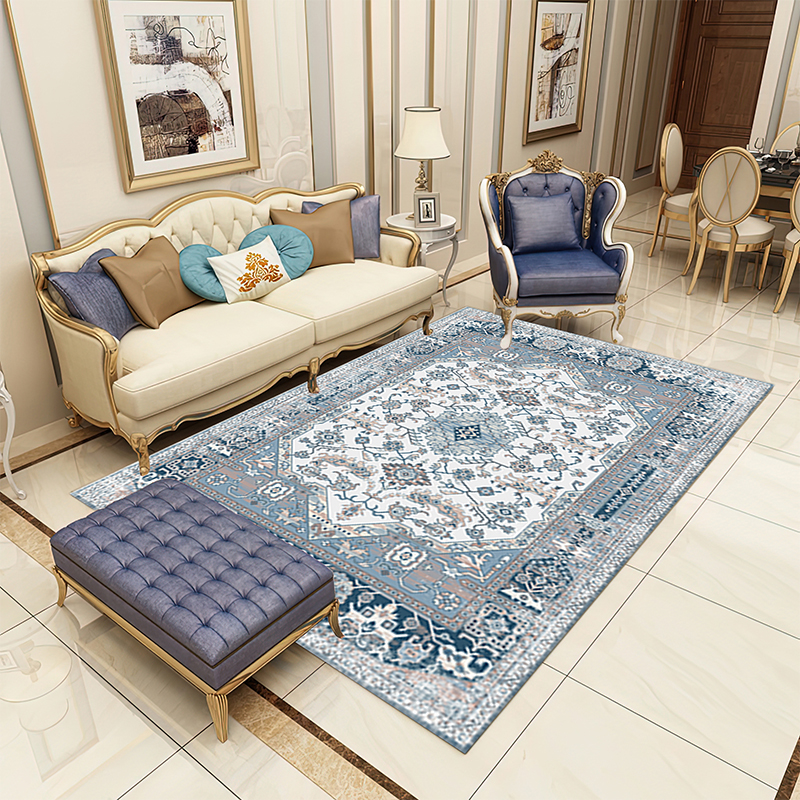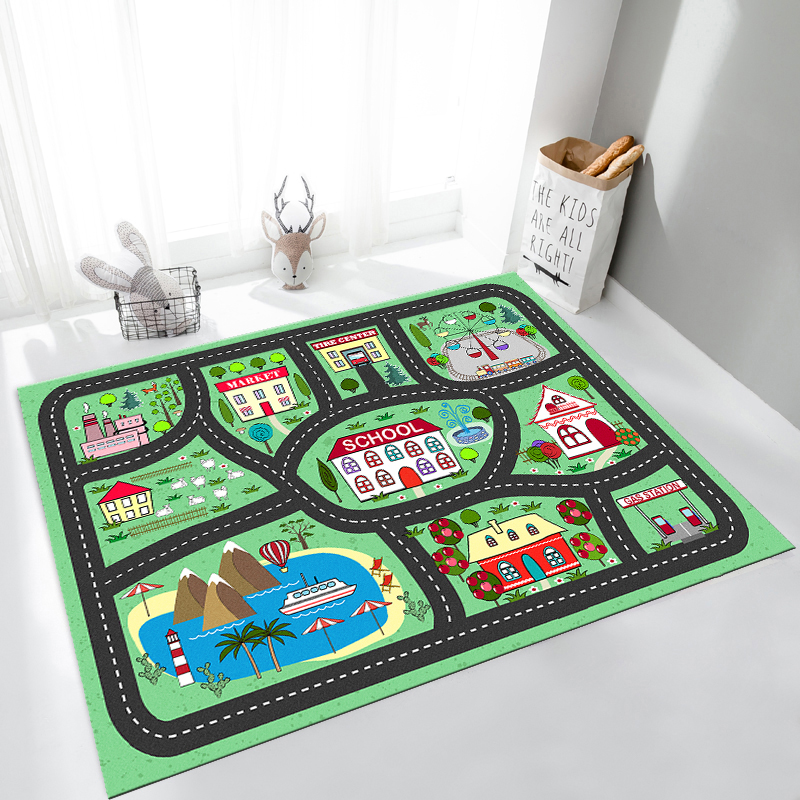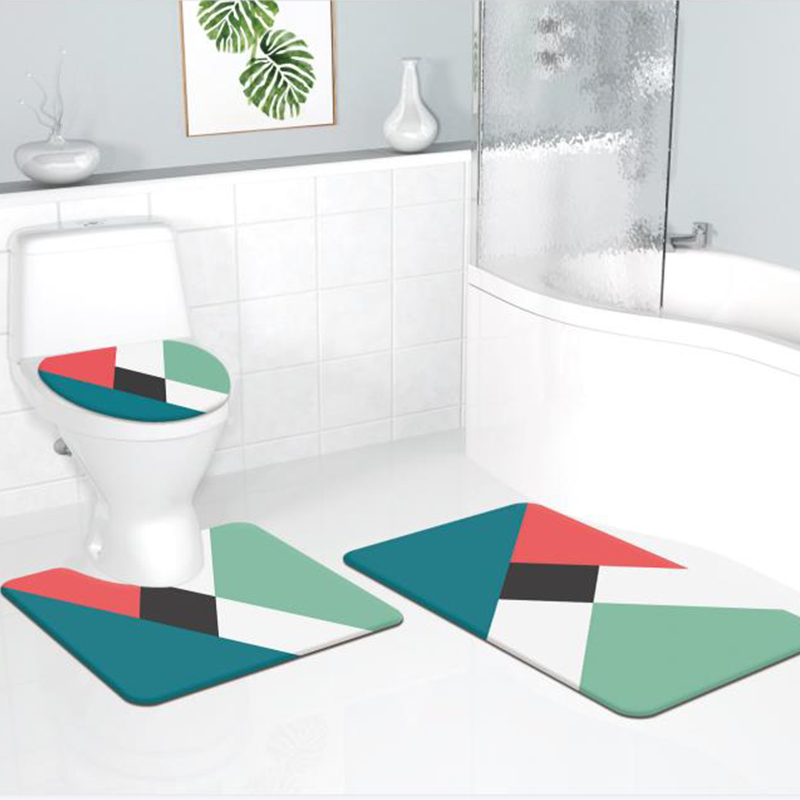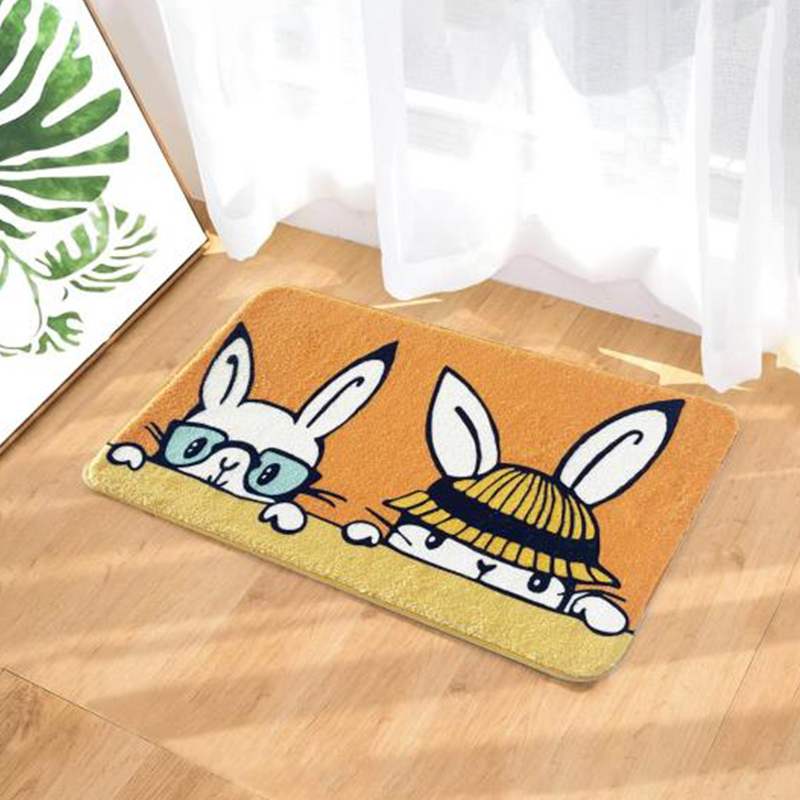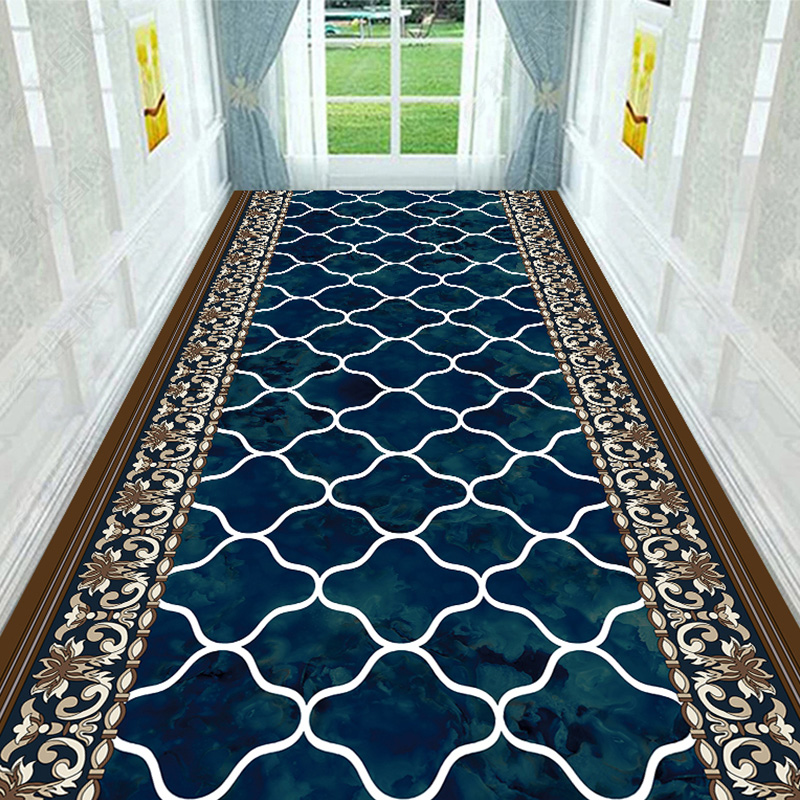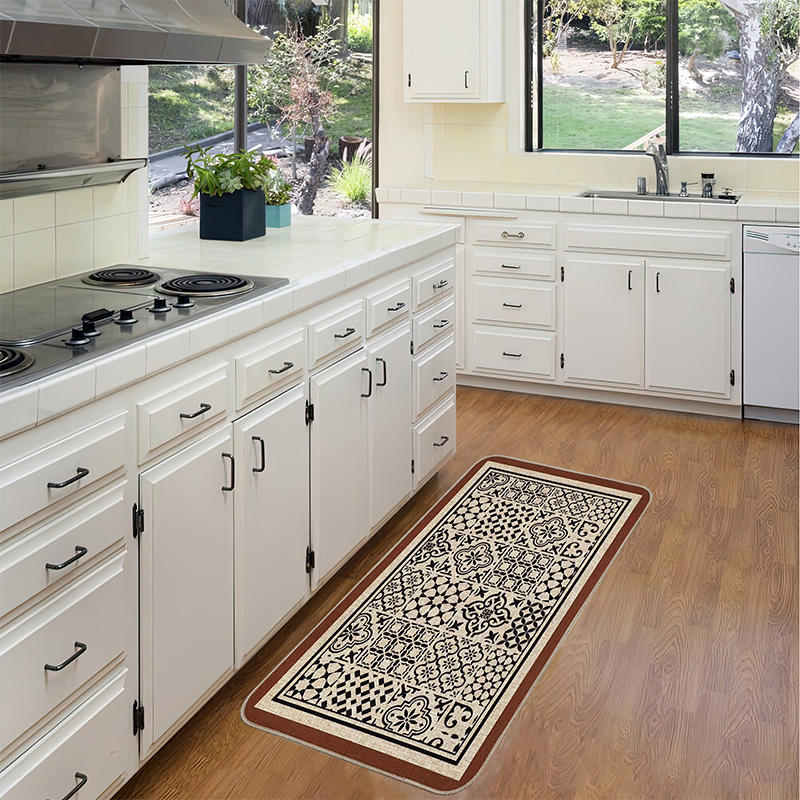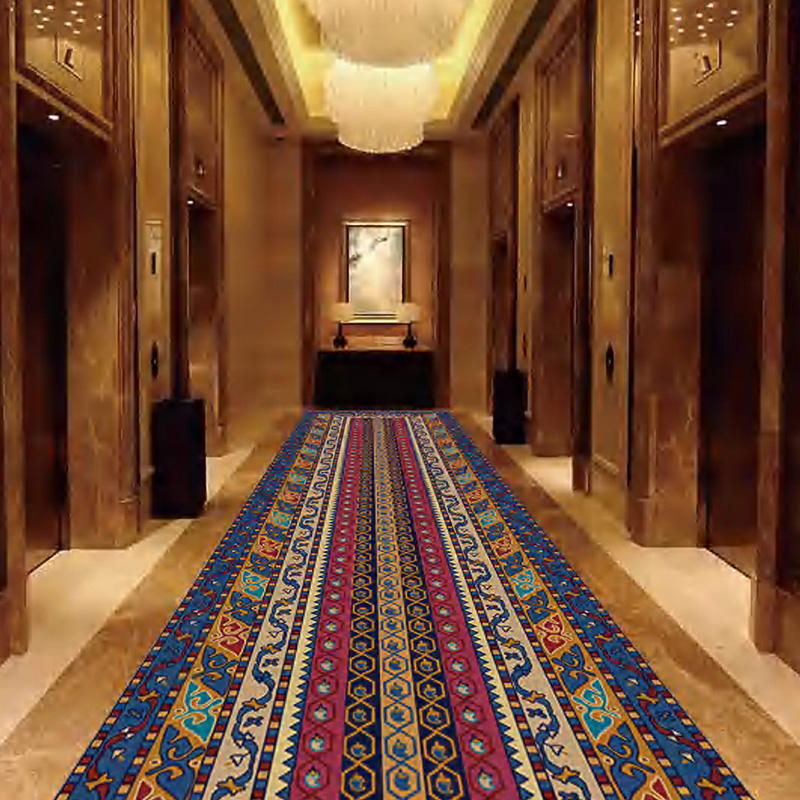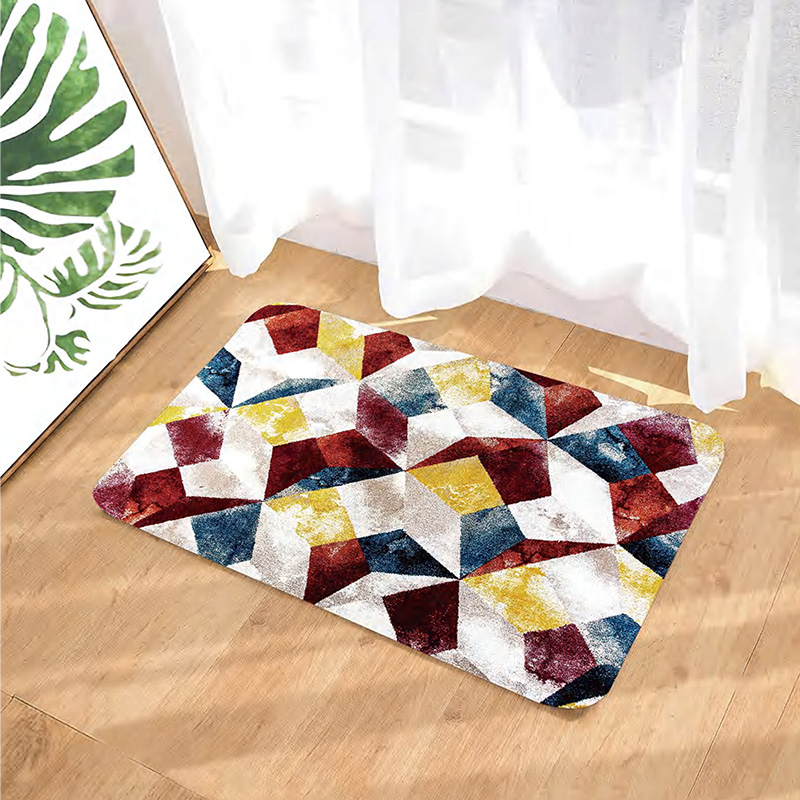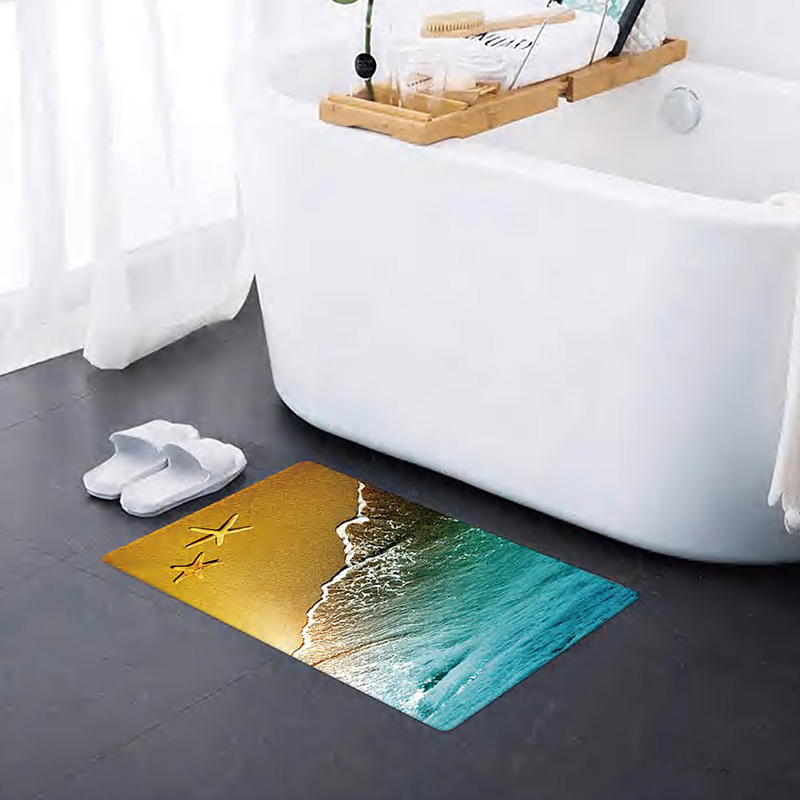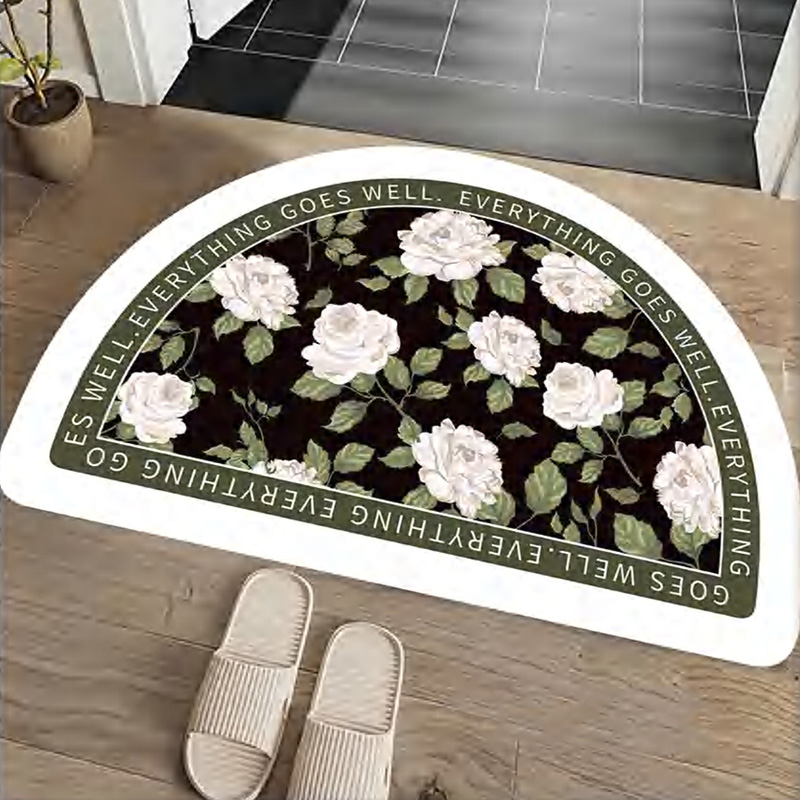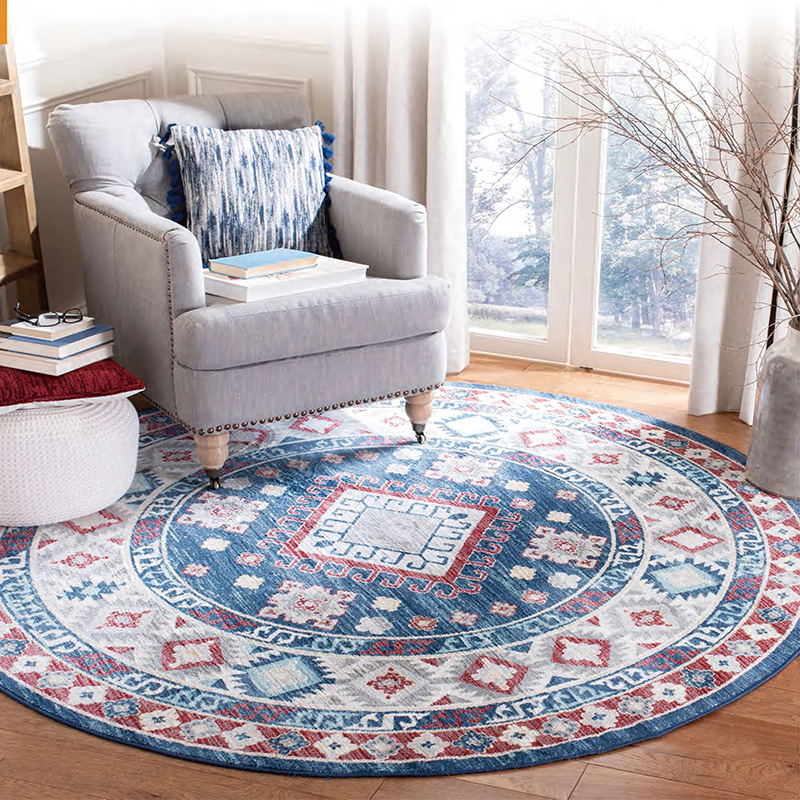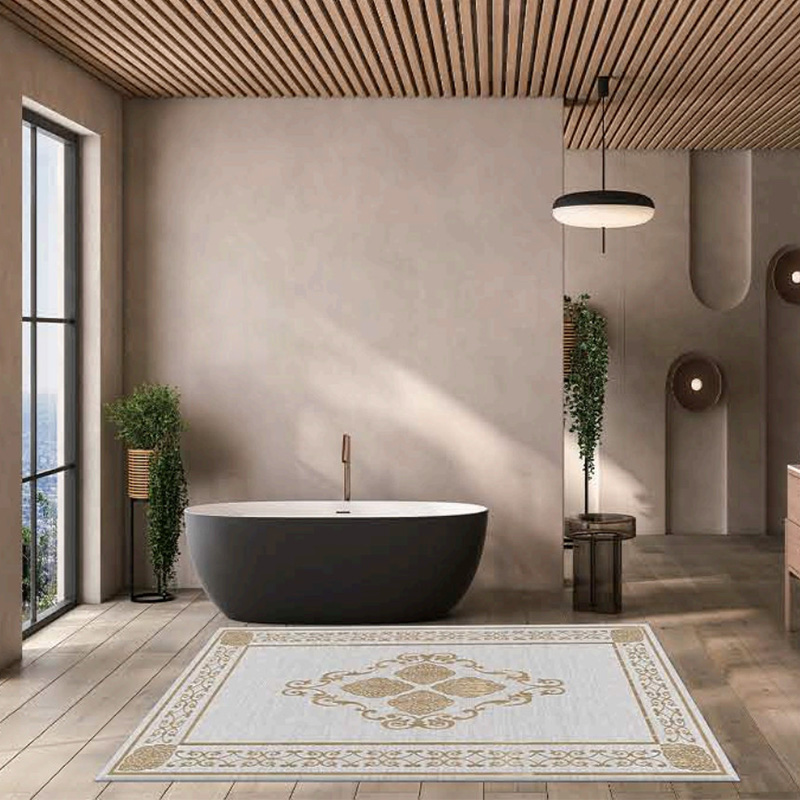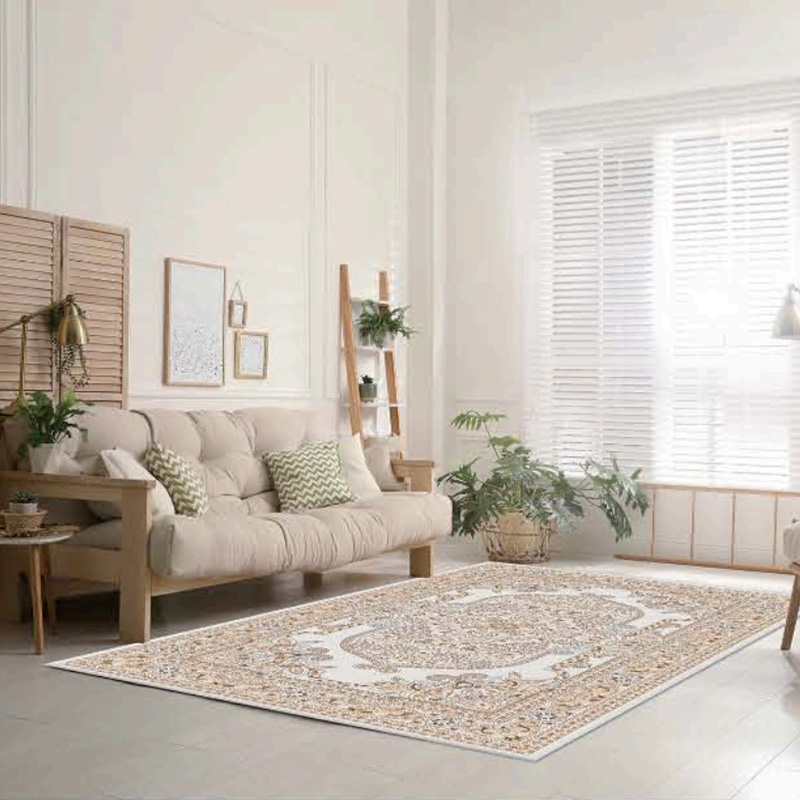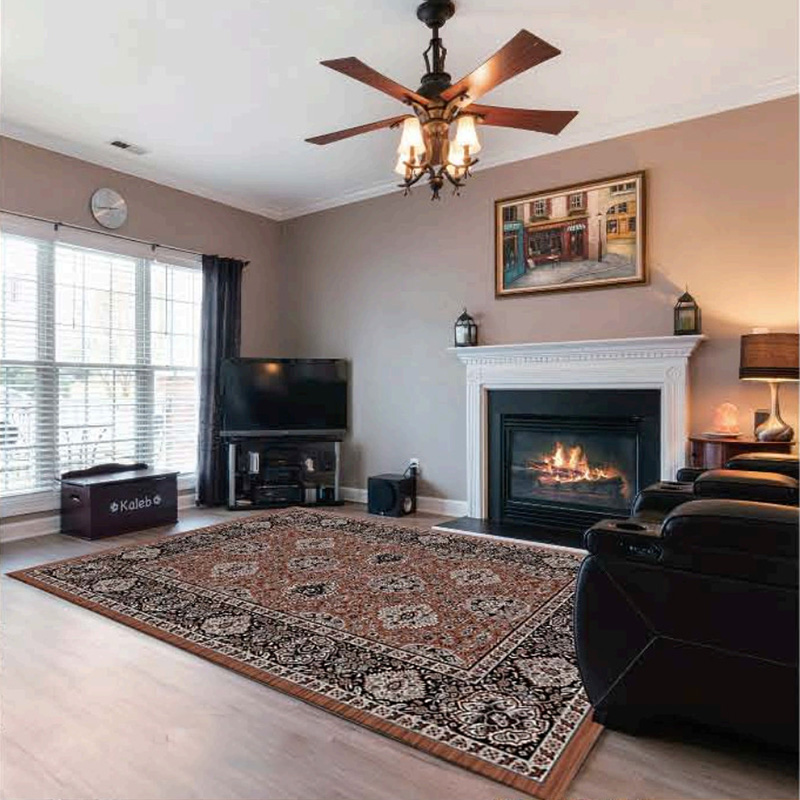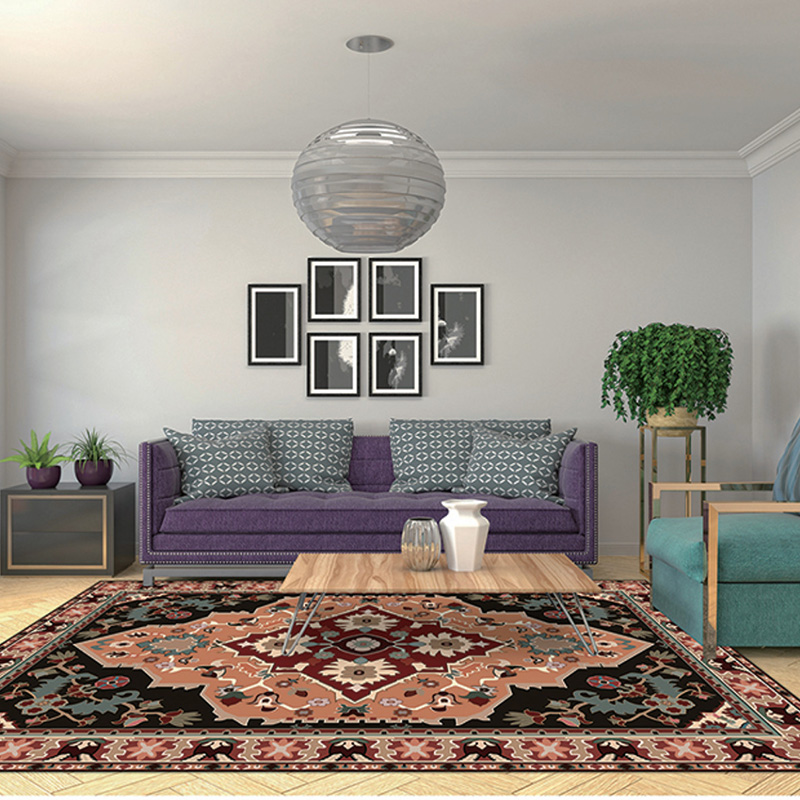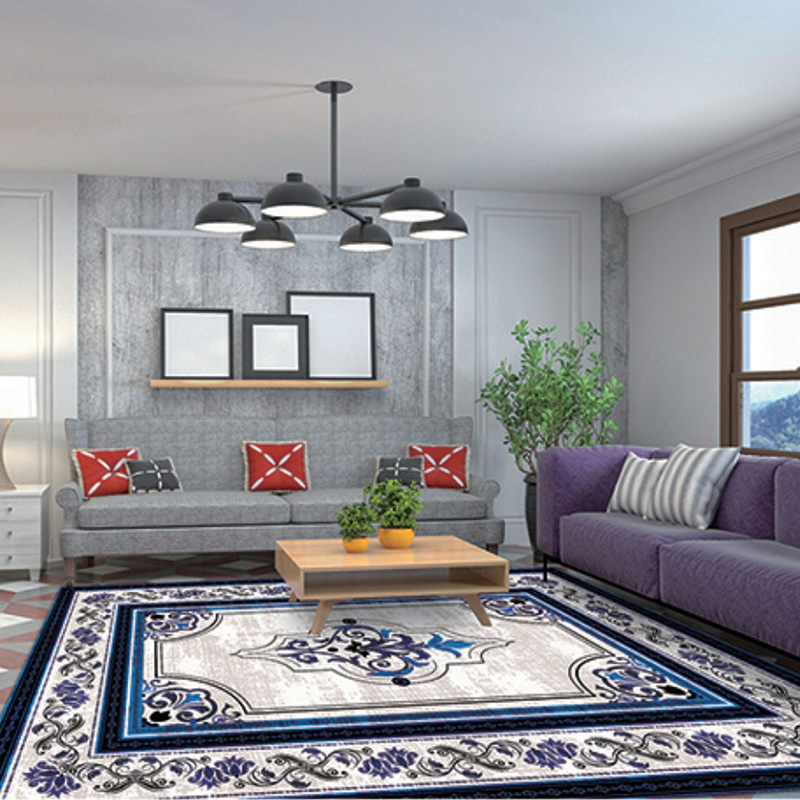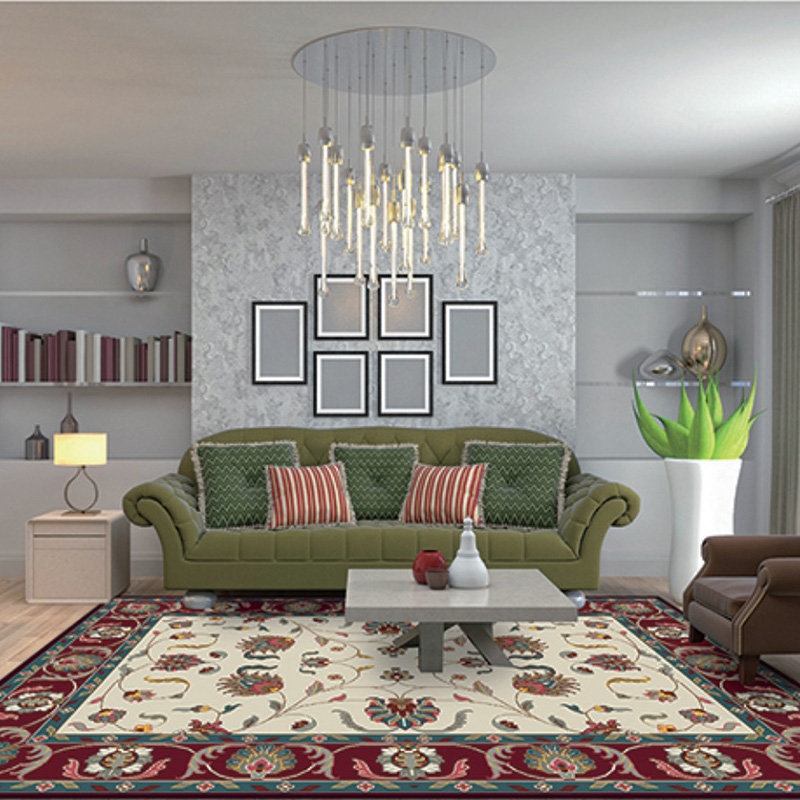You vacuum, you spot-clean, you even banish red-wine drinkers to the kitchen, yet your living-room rug still looks tired in the same old spots. The pattern is fading near the window, the hallway edge is frayed, and the center feels thinner underfoot. Before you blame the manufacturer, consider the simplest, cheap longevity hack in the book: rotation. Turning the rug a quarter-turn or 180° evens out foot traffic, UV exposure, and furniture pressure so the textile ages as one cohesive piece instead of a patchwork of worn and pristine zones. The question is not whether to rotate, but how often—and the answer changes with sun angle, household size, pile height, and even your zip code. Use the timetable below to lock in a schedule that keeps colors saturated and fibers plump for years, not months.
Start With the Sun Map
Ultraviolet light is a silent dye thief. If your living room faces south or west, note which corners receive direct rays between 10 a.m. and 4 p.m. Those sections will bleach fastest. For rugs in strong year-round sun, rotate every three months; the seasonal shift in sun angle guarantees a fresh side absorbs the hit next quarter. North-facing rooms with filtered light can stretch the interval to six months because UV intensity is lower.
Count the Feet
A household of two remote workers who rarely entertain can rotate semi-annually; the compression from daily pacing is little. Add kids, dogs, or weekly game nights and you create super-highways from sofa to TV. In that case, swap ends every two months so the crushed pile along the main path rebounds before fibers are permanently bent.
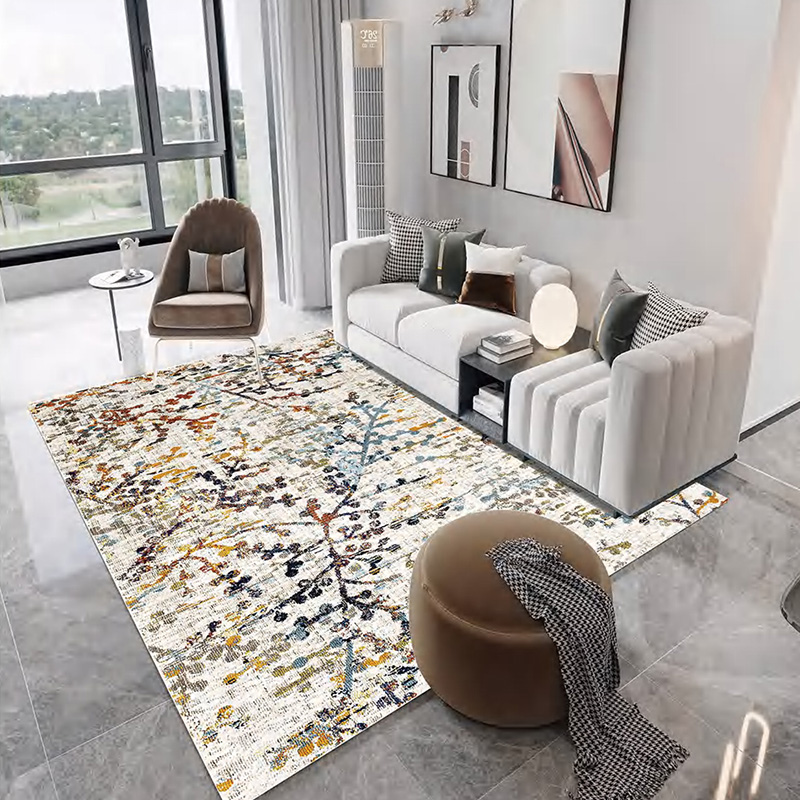
Pile Height Matters
Shags and thick Moroccans trap grit at the base; once dirt cuts the fibers, no rotation will resurrect them. Vacuum weekly and rotate monthly for piles taller than one inch. Flat-weaves like dhurries or kilims show wear more slowly—every four months is plenty unless sunlight dictates sooner.
Furniture Weight Distribution
Sectional sofas concentrate hundreds of pounds on four tiny legs, creating dents that scissors cannot fix. If you refuse to install furniture coasters, rotate the rug whenever you deep-clean the room—roughly every time you move the couch to retrieve lost Legos. The new leg placement gives the previous indent a chance to breathe and rebound.
Size Versus Effort
A 4 × 6 cotton rug is a one-person flip, so frequent rotation is low-cost. A 10 × 14 wool masterpiece requires two adults and a yoga-like knee pivot; schedule it only when you can open the windows and enlist help—spring and fall cleaning days are natural bookmarks.
Allergy and Humidity Bonus
In humid climates, mold spores settle on the underside that never sees daylight. Flipping exposes both faces to circulating air, reducing musty odors. Asthmatic households should rotate every eight weeks, pairing the move with a HEPA vacuum session underneath.
Quick Calendar Cheat-Sheet
Intense sun + high traffic: 2 months
Mild sun + average traffic: 4 months
Low sun + low traffic: 6 months
Heirloom/hand-knotted: 6 months (document with photos for insurance)
Mark the next rotation date on your phone the moment you finish; future you will thank present you when the rug still looks showroom-new long after the warranty expires.

 英语
英语 阿拉伯语
阿拉伯语 德语
德语
